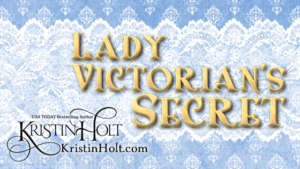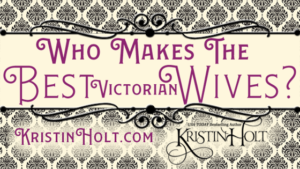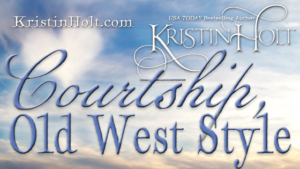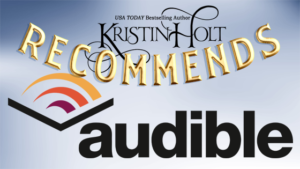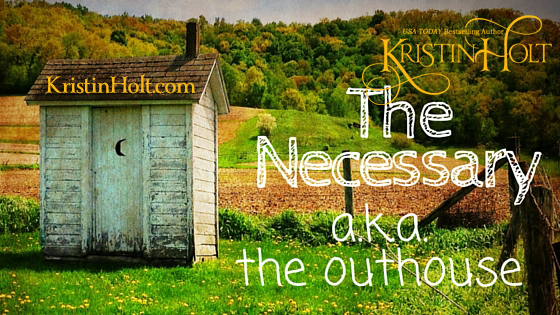
by Kristin Holt | Jun 5, 2016 | Articles
The necessary (a.k.a. outhouse) had many Victorian Era-appropriate euphemisms: Quincy, small room, washroom…and was replaced with modern indoor plumbing both very early (1820’s at the White House) and very late (1950’s) in rural America. What did homeowners do when the necessary filled up? (ewww!) When was toilet paper invented? Why did outhouses have more than one seat?
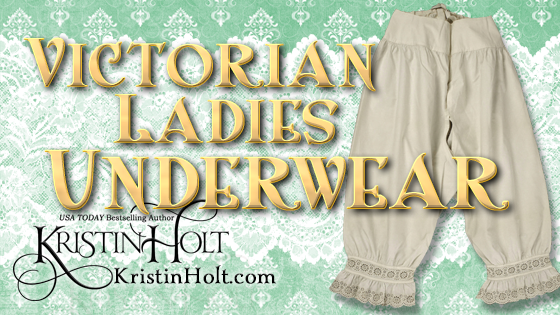
by Kristin Holt | May 24, 2016 | Articles
Throughout the 19th century, ladies undergarments remained quite similar. Drawers (or bloomers), yesteryear’s most related item to today’s panties, ranged from knee- to ankle-length, were constructed of various fabrics, and were held up by a button or drawstring, with an open crotch.
Item listings in vintage catalogs and magazines illustrate the standard items available via mail-order throughout the United States Victorian era.
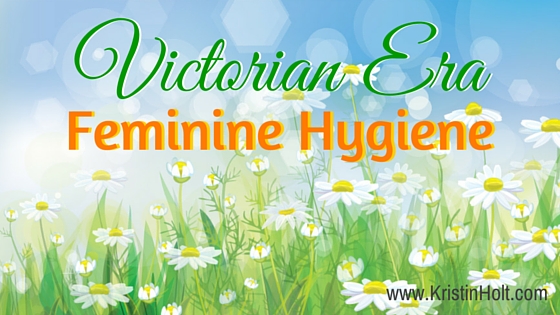
by Kristin Holt | May 21, 2016 | Articles
Open discussion of a woman’s menstrual cycle (and hygiene needs) are a relatively new development, but women have been coping without modern feminine hygiene products for millennia. The Victorian-era American women had many conveniences for their day, including ready-made, catalog-ready products marketed specifically for them. Hygiene often included douching with specially designed syringes. The timing of the first truly disposable product just might surprise you. This article contains images from the Sears, Roebuck & Co. catalog and Montgomery, Ward & Co. catalog of the day.

by Kristin Holt | May 6, 2016 | Articles
4.5 (out of 5) stars for this nonfiction American history title by Sean McLachlan. I listened to the audio (Audible) version and read the kindle version–both of which are well done and present the legends and factual history surrounding Jesse and Frank James and their association with the Youngers, the James-Younger Gang.
In my opinion, the history was presented fairly, properly documented and researched, and provides amateur historians like me with the foundation necessary to create a frame of reference for the fiction I so enjoy reading. As an author, the short format (just over 2 hours listening time, or 62 print pages with historic photographs) provides the most comprehension for the smallest investment; a win-win offering.
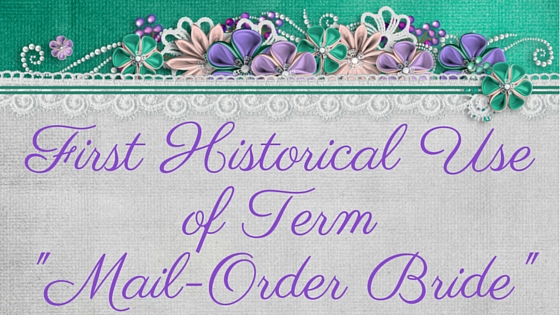
by Kristin Holt | Mar 30, 2016 | Articles
Though another blogger cited the first recorded use of “mail-order bride” in the New York Times in 1929, I’ve found documentation in other newspapers of the phrase in use much earlier. The short snippets of stories illustrating the use of “mail-order bride” in the decades between the Turn of the Century and 1929 illustrate the general acceptance of this phrase in American English prior to 1916 or 1911, earlier than 1906…yes! 1903! (And perhaps even earlier as more historical documentation becomes readily available).







